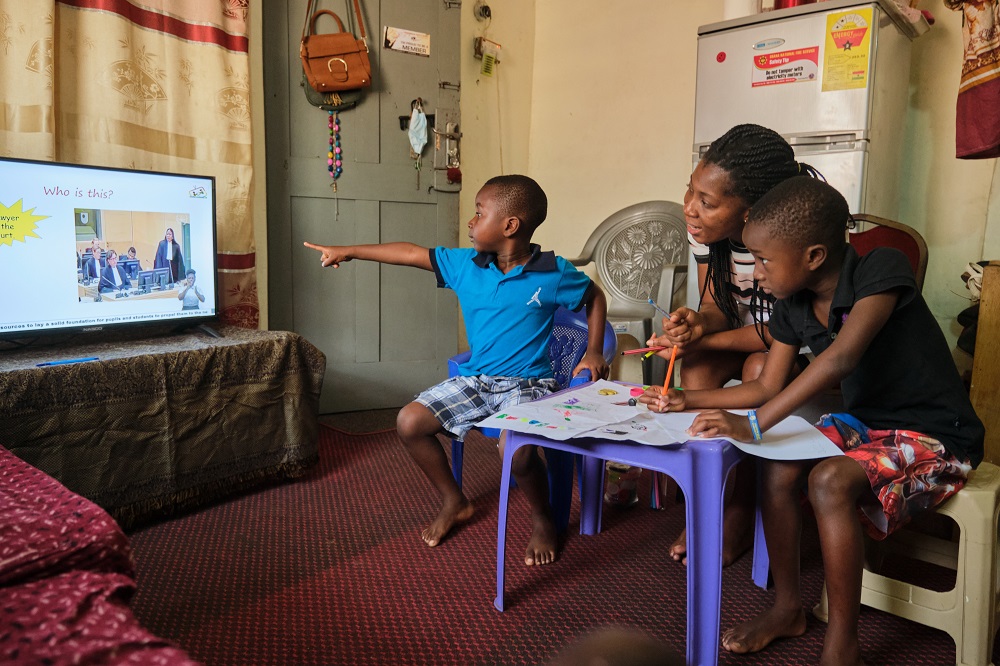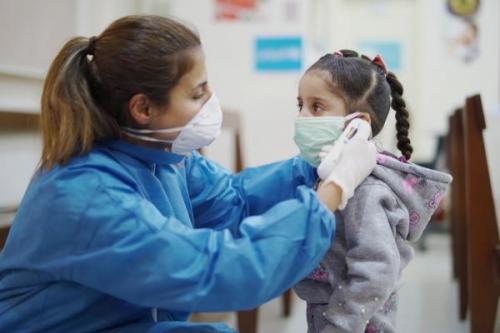
To ensure children are navigating their online education safely, we recommend the following actions for schools and industry.
Schools
-
Revise their safeguarding policy and code of conduct for online interactions between teachers and students
-
Provide mandatory training on online safety for teachers
-
Use a filtering and monitoring system or software to ensure networks, digital learning platforms and other technologies used by the school, teachers and pupils are safe
-
Promote access to counseling services and reporting mechanisms, also on digital platforms and especially for children experiencing family problems, domestic violence or anxiety. Girls, children with disabilities and those perceived to be different may experience increased risks requiring additional support.
Industry
-
Digital learning platforms include safety tool and features by default (limited access, data privacy, reporting, etc.)
-
Social networking platforms used for teacher-student interactions employ built-in protection measures for children
-
Low-cost tech solutions to faciliate distance learning, violence prevention programs and response services, especially for vulnerable children and for those with no or limited access to the internet
-
Online platforms with video conferencing ensure that security and privacy protections are in place
THE RESOURCES
ESafety Commissioner, Australia
-
Safe Online Toolkit for Schools (Prepare, Engage, Educate, Respond)
-
Safe Online Classroom Resources for teachers
Safe to Learn
-
Safe to learn during COVID recommendations, 2020
-
Safe to Learn, Supporting Schools to Provide a Safe Online Learning Experience, 2020 (adaptation of online technical note)
-
Safe to Learn, Reopening Schools Safely: recommendations for building back better to end violence against children in and through schools, 2020
-
Safe to Learn Call for Action and Youth Manifesto, 2019
Other
-
International Centre for Missing & Exploited Children (ICMEC), Make virtual school safer for your children information packet
-
Power of Zero, Global campaign to reshape early learning for a connected world
-
UNESCO distance learning solutions
-
UNESCO, Behind the numbers: Ending school violence and bullying, 2019 (includes data on online hurtful behavior and cyber-bullying)
-
UNODC Lesson plans for teachers and cybercrime resources for educators
-
UNESCO’s compilation of testimonies on coping and continuing to learn during the lockdown
This collection is part of the End Violence Partnership's technical note, COVID-19 and its Implications for Protecting Children Online.
Pictured above: A family in Ghana studies at home. © UNICEF/UNI342052/
